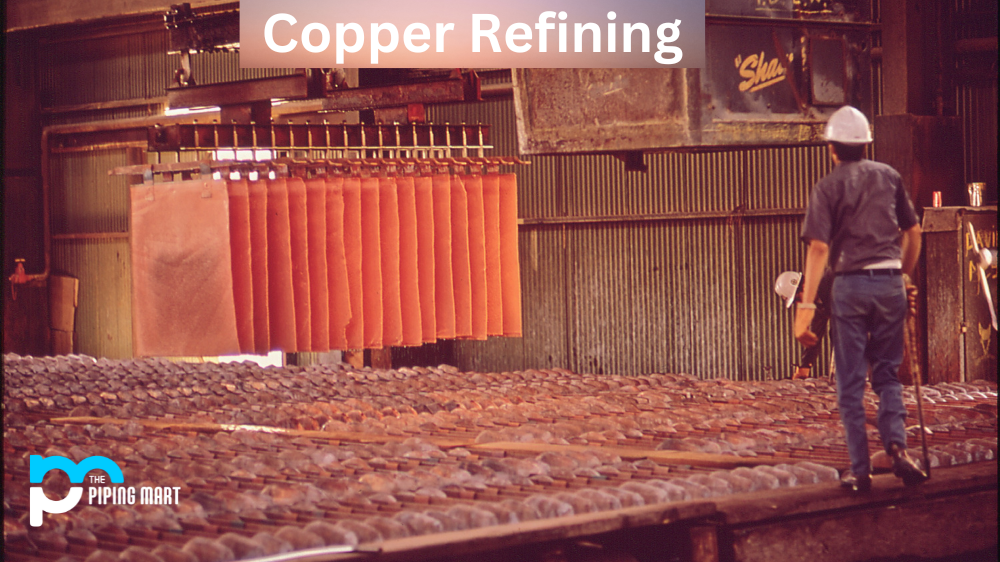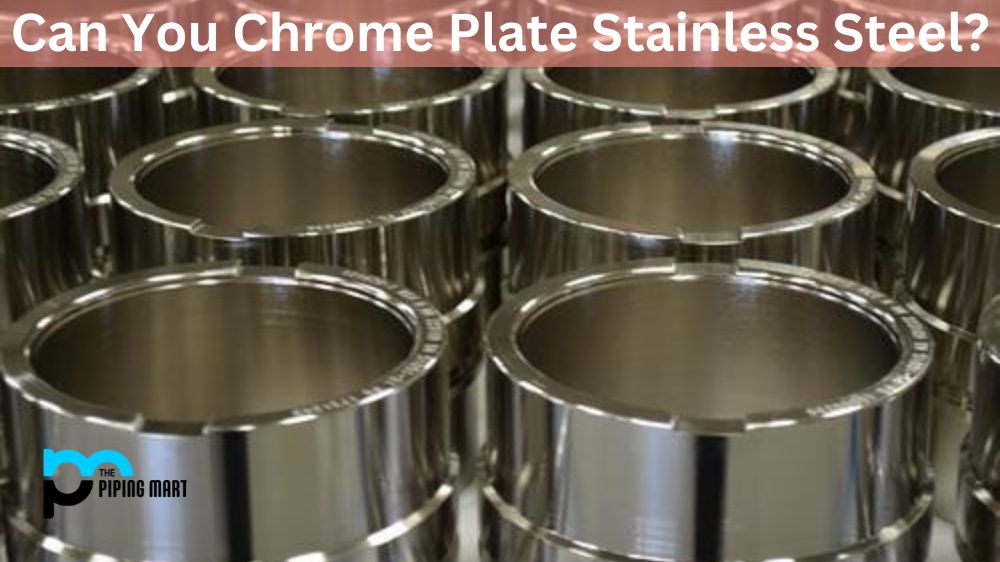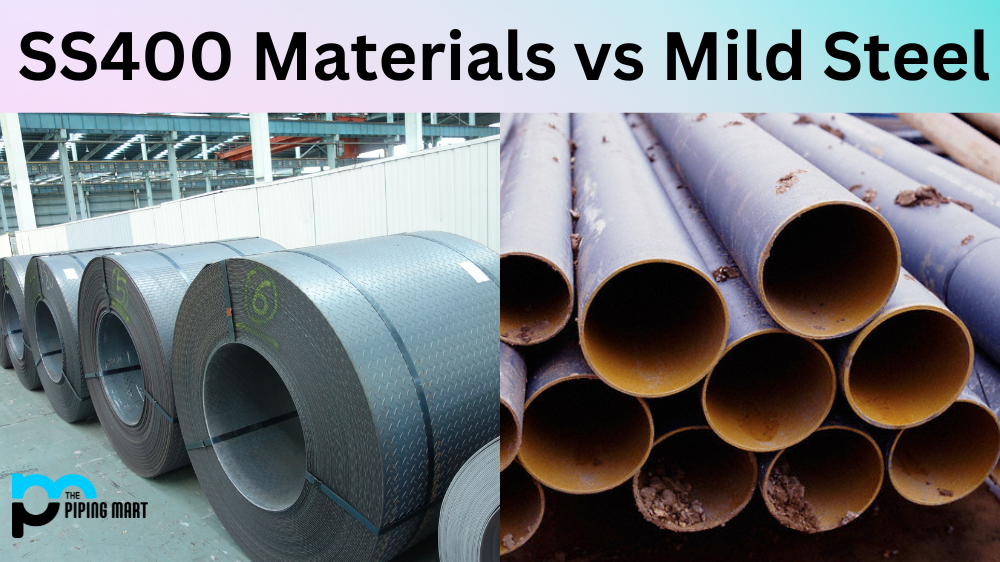Copper is a naturally occurring element that can be found in everything from electronics and jewelry to cookware and coins. But, it doesn’t exist in nature in its pure form; copper must go through a refining process before it can be used for commercial purposes. Let’s take a look at the steps involved in copper refining and why this process is so important.
Copper Refining Process
Copper refining begins with a series of processes designed to remove impurities from the raw ore. The first step is crushing or milling, which involves grinding down the ore into a fine powder. This powder is then heated to temperatures of over 1000 degrees Celsius, which separates impurities such as sulfur and iron from the copper. The resulting mixture is then treated with chemicals to further separate out any remaining impurities, such as lead, zinc, arsenic, antimony, and bismuth.
Once all of the unwanted materials have been removed from the raw ore, the next step is electrolysis. This involves passing an electric current through the solution containing dissolved copper ions. This causes the copper ions to lose electrons and become solid metal particles settling at the container’s bottom. The electrolyte solution is then filtered off and discarded while the solid metal particles are collected for further processing.
The last step in copper refining is annealing or heat treating. During this process, the metal particles are heated up to temperatures between 500-800 degrees Celsius in order to make them easier to shape into usable forms such as wires or sheets of copper foil. After annealing, they are ready for use by manufacturers or other businesses that need pure copper for their projects or products.
Ore Selection
The first step in the copper refining process is ore selection. This is done to ensure that the copper ore is of a high enough quality to be worth processing. The ore must contain a minimum of 0.5% copper to be considered viable.
Crushing and Grinding
Once the ore has been selected, it is crushed and ground into a fine powder. This helps to increase the surface area of the ore, which will help with the leaching process later on.
Leaching
The next step in the copper refining process is leaching. This is done by dissolving the crushed ore in a solution of sulfuric acid and water. The copper is then extracted from the solution through electro-winning, a process in which an electric current is passed through the solution, causing the copper to be deposited onto an electrode.
Purification
The next step in the copper refining process is purification. In this step, impurities such as iron and zinc are removed from the solution through precipitation, a process in which certain chemicals are added to the solution to cause these impurities to be deposited out of the solution as solids.
Copper Electrolysis
The next step in the copper refining process is electrolysis. In this process, an electric current is passed through the purified solution containing copper sulfate and water. This causes the copper to be deposited onto cathodes made of pure copper, while impurities such as zinc are deposited onto anodes made of zinc oxide.
Refining
The final step in the copper refining process is refining. In this step, impurities such as gold and silver are removed from the cathodes through a process called fire-refining, or cupellation, a process in which impurities are burned off by heating them to a high temperature in a furnace
Conclusion
Refining copper is essential for it to be used for commercial purposes and provides many benefits for both businesses and consumers alike. By going through these steps—crushing/milling, chemical separation, electrolysis, and annealing—copper can be transformed from its raw form into useful materials that can be incorporated into our everyday lives in one way or another! Understanding how refined copper is helps us appreciate just how valuable this versatile material is!

Meet Bhavesh, a seasoned blogger with a wealth of knowledge and experience. From metal products manufacturing to retail, Bhavesh has a diverse background in various industries and is dedicated to sharing his insights and expertise with readers.




